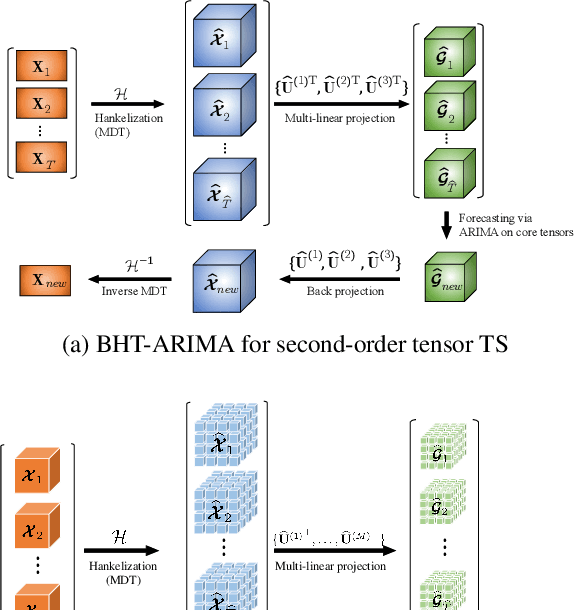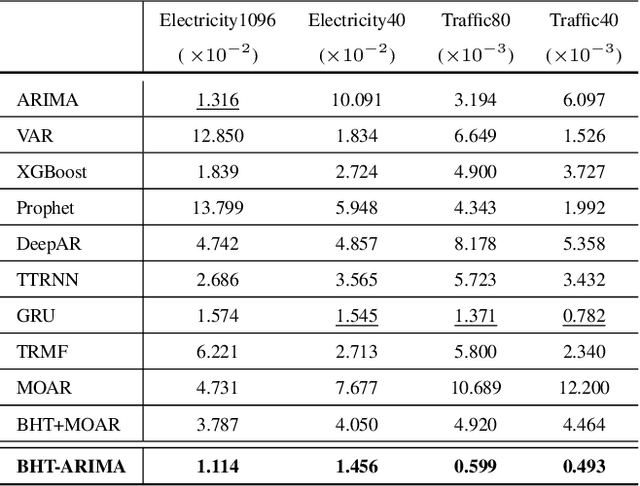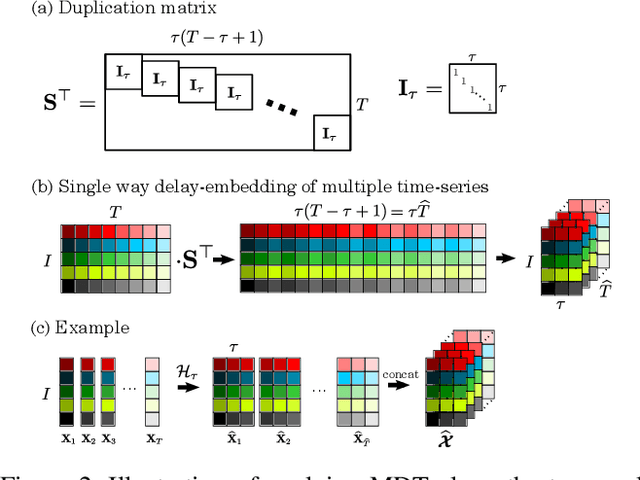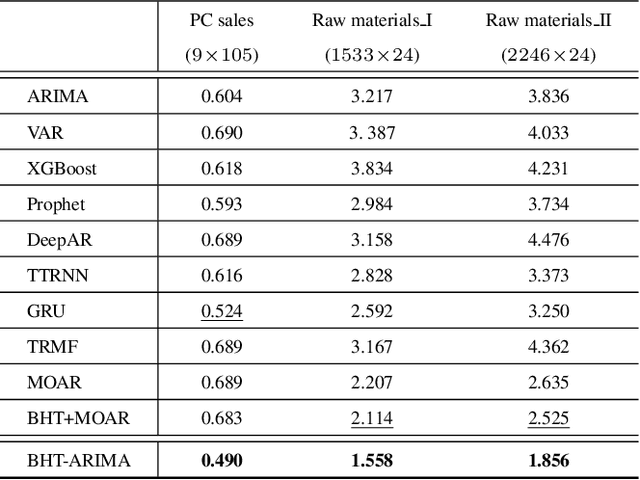Jiaming Yin
Cooperative Path Planning with Asynchronous Multiagent Reinforcement Learning
Sep 01, 2024



Abstract:In this paper, we study the shortest path problem (SPP) with multiple source-destination pairs (MSD), namely MSD-SPP, to minimize average travel time of all shortest paths. The inherent traffic capacity limits within a road network contributes to the competition among vehicles. Multi-agent reinforcement learning (MARL) model cannot offer effective and efficient path planning cooperation due to the asynchronous decision making setting in MSD-SPP, where vehicles (a.k.a agents) cannot simultaneously complete routing actions in the previous time step. To tackle the efficiency issue, we propose to divide an entire road network into multiple sub-graphs and subsequently execute a two-stage process of inter-region and intra-region route planning. To address the asynchronous issue, in the proposed asyn-MARL framework, we first design a global state, which exploits a low-dimensional vector to implicitly represent the joint observations and actions of multi-agents. Then we develop a novel trajectory collection mechanism to decrease the redundancy in training trajectories. Additionally, we design a novel actor network to facilitate the cooperation among vehicles towards the same or close destinations and a reachability graph aimed at preventing infinite loops in routing paths. On both synthetic and real road networks, our evaluation result demonstrates that our approach outperforms state-of-the-art planning approaches.
Block Hankel Tensor ARIMA for Multiple Short Time Series Forecasting
Feb 25, 2020



Abstract:This work proposes a novel approach for multiple time series forecasting. At first, multi-way delay embedding transform (MDT) is employed to represent time series as low-rank block Hankel tensors (BHT). Then, the higher-order tensors are projected to compressed core tensors by applying Tucker decomposition. At the same time, the generalized tensor Autoregressive Integrated Moving Average (ARIMA) is explicitly used on consecutive core tensors to predict future samples. In this manner, the proposed approach tactically incorporates the unique advantages of MDT tensorization (to exploit mutual correlations) and tensor ARIMA coupled with low-rank Tucker decomposition into a unified framework. This framework exploits the low-rank structure of block Hankel tensors in the embedded space and captures the intrinsic correlations among multiple TS, which thus can improve the forecasting results, especially for multiple short time series. Experiments conducted on three public datasets and two industrial datasets verify that the proposed BHT-ARIMA effectively improves forecasting accuracy and reduces computational cost compared with the state-of-the-art methods.
 Add to Chrome
Add to Chrome Add to Firefox
Add to Firefox Add to Edge
Add to Edge